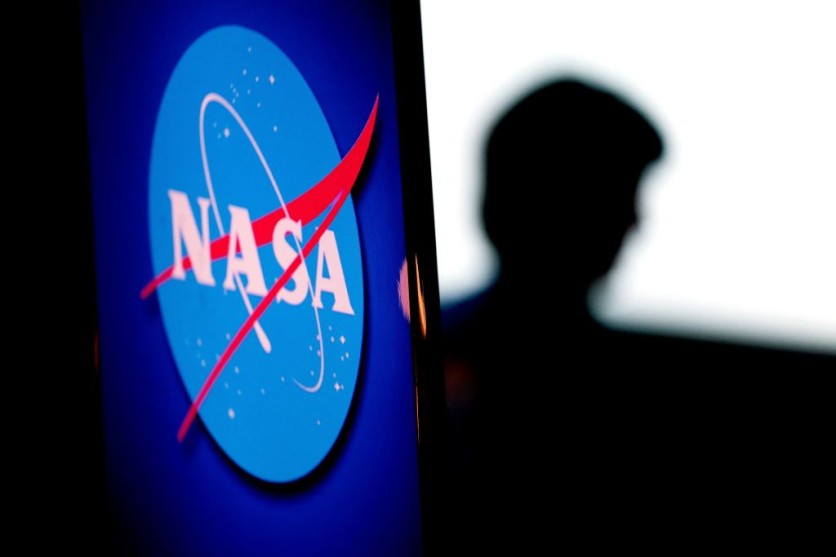The dead NASA satellite, RHESSI (Reuven Ramaty High Energy Solar Spectroscopic Imager), is expected to crash back into Earth!
![[UPDATE] Dead NASA Satellite to Crash Into Earth! Should You Be Worried? Here are RHESSI's Re-Entry Details](https://d.techtimes.com/en/full/425933/update-dead-nasa-satellite-crash-earth-should-you-worried-here-are-rhessis-re-entry-details.png?w=836&f=43aec5ef7d004c6a33aa04cec6e3d08f)
This advanced satellite served NASA well before it retired in 2018. The NASA RHESSI satellite operated in 2002 and was decommissioned by the international space union in 2018.
It has drifted in space for more than 20 years now. But, NASA confirmed that this dead satellite would make a re-entry today, Apr. 19.
NASA said they are coordinating with the U.S. Department of Defense to learn more about RHESSI's Earth re-entry.
[UPDATE] Dead NASA Satellite to Crash Into Earth!
According to USA Today's latest report, the decommissioned NASA RHESSI satellite was first expected to make its Earth re-entry on Apr. 9 at 9:30 p.m. ET (plus or minus 16 hours).

However, NASA updated this estimation window, saying the satellite's re-entry could happen at around 9:40 p.m. ET (plus or minus 10 hours) on the same day.
Since the dead satellite weighs around 300 kilograms (660 pounds), it would put anyone's life at risk if it ever crashed down on people.
But, NASA clarified that the chances of its debris hitting an individual on Earth is relatively low; only 1 in 2,467.
NASA stated that once RHESSI re-enters its Earth, the atmosphere will burn it up, disintegrating many parts. However, some of its debris will still crash into the planet.
As of press time, NASA and the Defense Department are still monitoring the dead satellite.
Remembering RHESSI
Before decommissioning, NASA used the RHESSI satellite to observe solar flares and coronal mass ejections from the sun.
CGTN reported that this NASA satellite captured images in gamma rays and high-energy X-rays, recording over 100,000 solar events.
"RHESSI covered more than a complete 11-year solar cycle, recording over 100,000 X-ray events, 42 with gamma-ray emission above 300 keV, and 27 with gamma-ray line emission," said NASA.
The space union added that during RHESSI's active period, it was the only satellite that provided imaging spectroscopy of energetic electrons.
If you want to learn more about this dead satellite, you can click this link.
In other stories, the ESA JUICE mission will soon find life on the moons of Jupiter. We also reported about the new moon water-powered spacecraft, which is being developed by SpaceX veterans.
For more news updates about decommissioned satellites and other space technologies, keep your tabs open here at TechTimes.
Related Article : NASA Rhessi, 660-lb. Satellite is Re-Entering the Planet with 'Low' Chances of Harming People

ⓒ 2025 TECHTIMES.com All rights reserved. Do not reproduce without permission.




